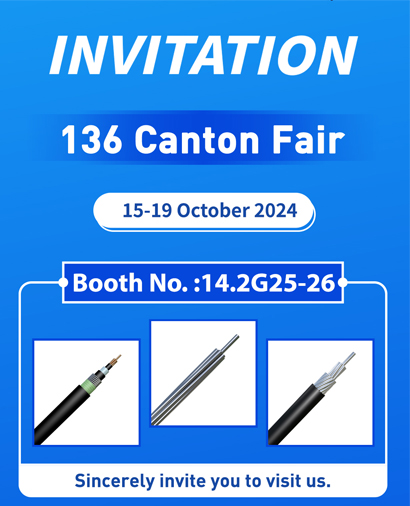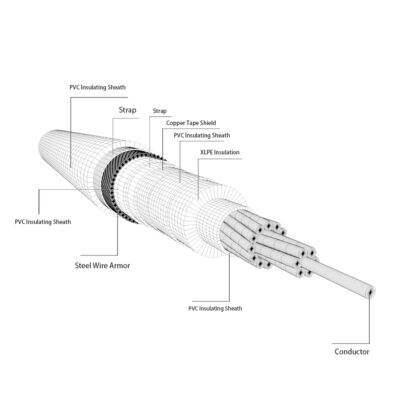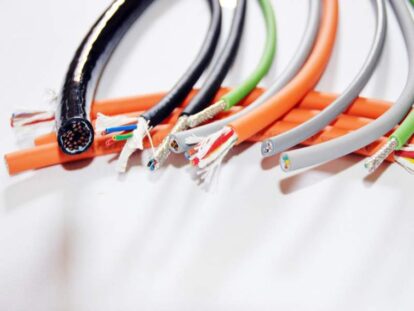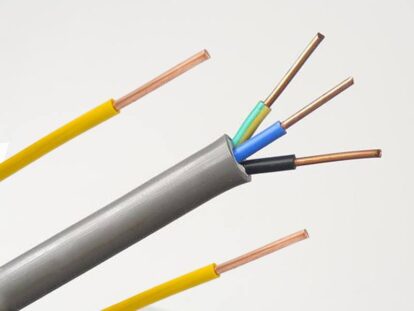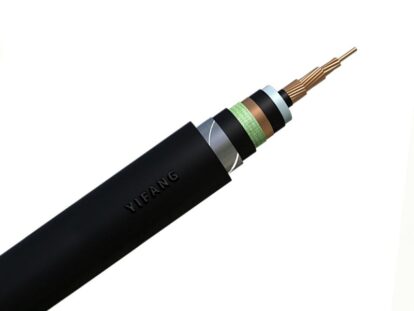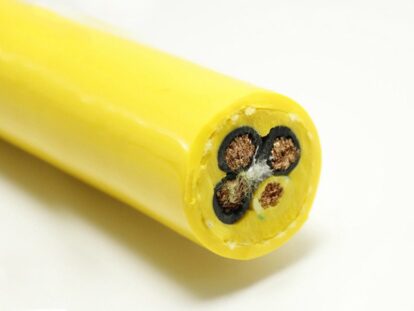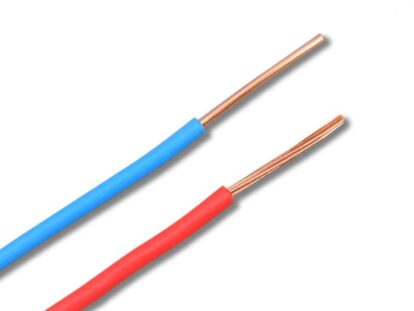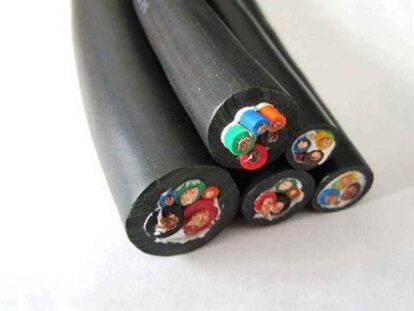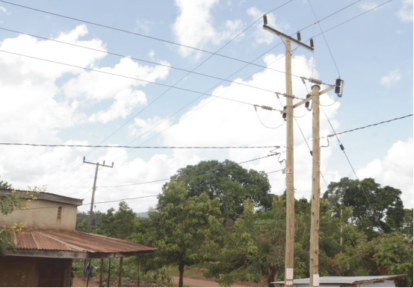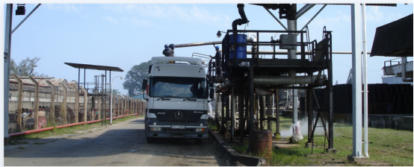DIN 48201 is a set of standards for bare conductors for overhead transmission lines formulated by the German Industrial Standardization Committee (Deutsches Institut für Normung). DIN 48201 includes various types of bare conductors, such as AAC, AAAC, ACSR, ACS, etc. Among them, DIN 48201-6 specifically specifies the structure, size, physical properties and test methods of AAAC wires.
According to the DIN 48201-6 standard, the AAAC conductor consists of 19 or 37 aluminum alloy monofilaments arranged in a concentric circle. The monofilament diameters vary from 1.5 mm to 5.3 mm, and the total cross-sectional area varies from 10 mm2 to 800 mm2. Each monofilament is tightly compacted to increase its density and strength. The aluminum alloy material conforms to the EN AW-5019 or EN AW-5049 standard, and its chemical composition is: aluminum (Al) ≥ 97%, magnesium (Mg) 0.6%-1.1%, silicon (Si) 0%-0.5%, other elements ≤0.4%.
AAAC conductors under the DIN 48201-6 standard have the following characteristics:
– High strength-to-weight ratio: Under the same cross-sectional area, AAAC wire is about 10% lighter than AAC wire, but its tensile strength is about 30% higher.
– Good corrosion resistance: due to the magnesium element contained in the aluminum alloy, a stable and dense oxide film can be formed, which has good weather resistance in the atmosphere and can be maintained for a long time in harsh environments such as salt spray and acid rain. life.
– Good electrical performance: Since the aluminum alloy contains silicon element, which can reduce its resistivity, AAAC wire has higher current carrying capacity than AAC wire at the same temperature.
– Good thermal stability: Since the aluminum alloy contains silicon element, which can increase its thermal expansion coefficient, it is easier for AAAC wires to maintain a constant length than AAC wires when the temperature changes.
– Good mechanical properties: Since the aluminum alloy is tightly compacted and arranged in concentric circles, when subjected to external forces, AAAC wires can disperse stress more evenly than AAC wires and have higher fatigue resistance.







